Stop condensation before it starts
May 20, 2025 at 6:00 p.m.By Dani Sheehan.
Moisture management matters. Learn why you should rethink air and vapor control in roofing systems.
Condensation might be invisible, but its damage to roofing systems can be costly. VaproShield is inviting architects, designers and other building professionals to rethink how they approach moisture management during the design phase.
On June 17, 2025, VaproShield’s Senior Building Scientist Scott Wood will lead a presentation titled “Addressing Condensation in Low-Slope Roof Assemblies”, an AIA and HSW accredited course. This presentation offers a deep dive into air and vapor control, condensation risks and next-generation moisture management solutions that improve long-term roof performance and resilience. We recently sat down with Matt Walters, Marketing Manager, and Chris Meyer, Director of Low-slope Roofing, to learn more about what to expect during this seminar.
Beyond air sealing and why it matters
“Managing moisture is essential to building a long-lasting structure,” shared Matt. “A lot of times, moisture control systems get cut for cost reasons, but in reality, they’re foundational. They don’t just protect the roof; they help maintain energy efficiency and structural integrity over the long term.”
In commercial low-slope roofing systems, traditional vapor barriers are common and utilized to address high internal relative humidity environments and climate zones 7 & 8 (prolonged winter seasons), which account for approximately 20-30% of commercial roofs. Aside from specific circumstances, Chris explained, “We tend to focus on bulk water and moisture intrusion from the external environment through the roof membrane, which are easy to see – we call them leaks. However, many designers and roofers fail to account for how moisture truly moves through a building and roof. A real threat is moisture carried by air, and that gets missed. Air can carry up to 200 times more moisture than vapor diffusion and it’s responsible for most hidden failures.”
In this presentation, they will break out detailed examples based on industry studies that will show the impact of undetected condensation on roofing assemblies. Without addressing these failures, not only can mold and mildew growth compromise indoor air quality, but in extreme cases, moisture accumulation can degrade wood in the roof deck, leading to sagging or collapse.
A better way: Permeable vapor retarders
The presentation will highlight how permeable vapor retarders, technically known as permeable air barriers, are reshaping roof design by balancing moisture protection and breathability. These materials block the movement of moist air, dramatically reducing condensation risk, while still allowing trapped moisture to escape.
Chris noted, “We’re not talking about full vapor restriction. We’re talking about control. You block the air, which is the main vehicle for moisture, but you still allow diffusion to happen. That’s the key to keeping most roofs dry and energy efficient.”
Attendees will learn how to properly design and specify these products in low-slope roof assemblies, identify when they’re needed and understand the macro-level impact on system performance and service life.
A must for forward-thinking architects
Whether you’re designing in humid climates or simply want to ensure your roof systems and buildings last, this session will cut through the complexity of moisture management and equip you with real-world solutions.
As Chris put it, “There’s a lot of confusion out there. We’re not trying to bury people in white coat science – we want to give architects a clear understanding of how their decisions during design affect the entire life of the roof.”
What architects can expect:
- Understand the function of vapor retarders, especially permeable vapor retarders, in low-slope roof assemblies.
- Explore how vapor drive works and how moisture moves through roofing systems.
- Discover how to assess the need for a permeable vapor retarder in a given climate and building type.
- Learn how air barriers and vapor barriers affect condensation, thermal performance and wind uplift resistance – effective overall roof system performance.
- Debunk common myths about moisture control and gain practical tools to prevent premature roof failures.
Don’t let moisture become your building’s silent killer. Join VaproShield and discover how modern air and vapor can protect your roofs, reduce failures and extend performance.
Learn more about VaproShield in their Coffee Shop Directory or visit www.vaproshield.com.

About Dani
Dani is a writer for The Coffee Shops and AskARoofer™. When she's not writing or researching, she's teaching yoga classes or exploring new hiking trails.
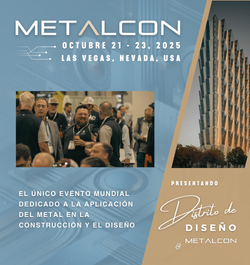
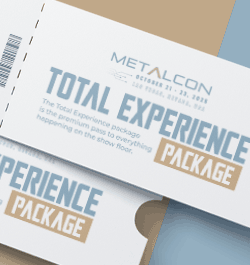
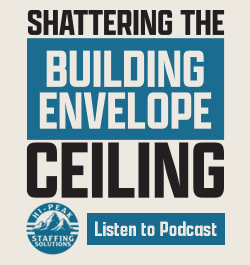





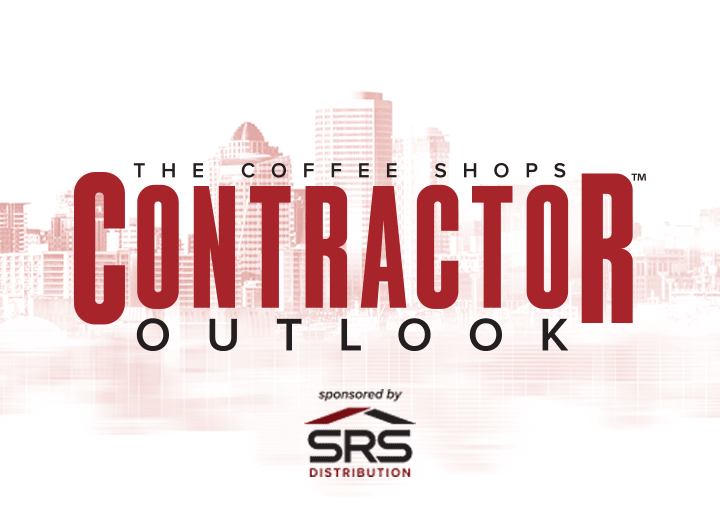
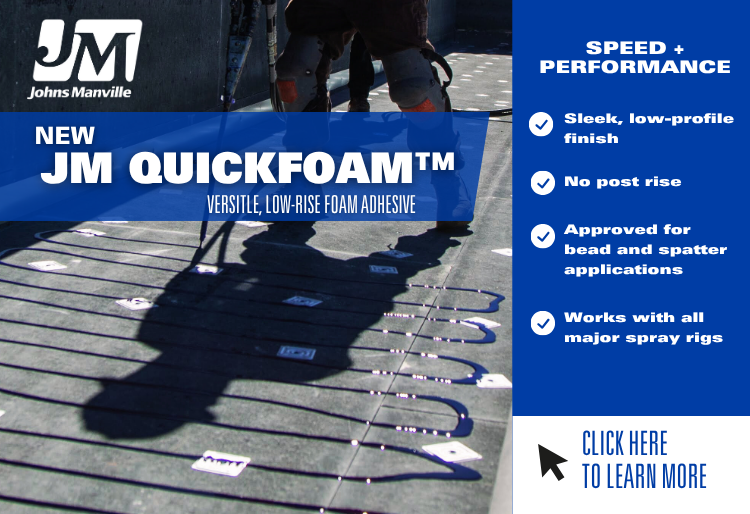



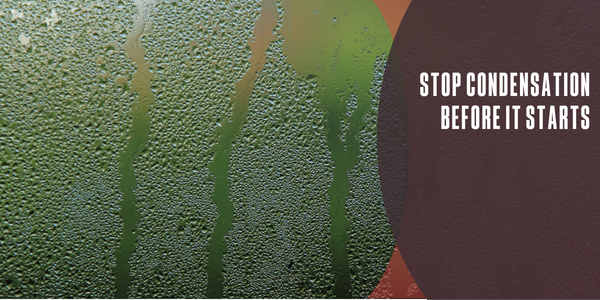
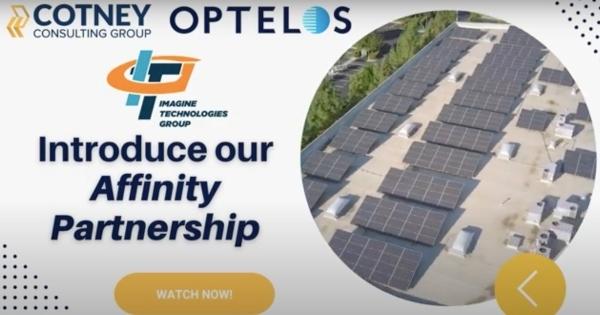
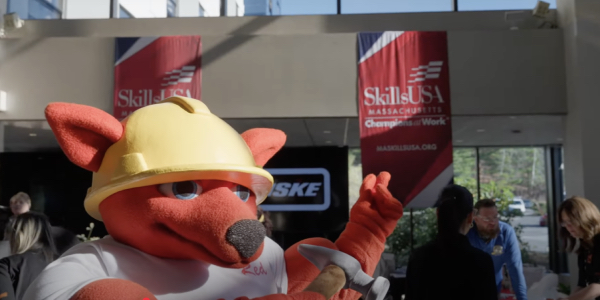
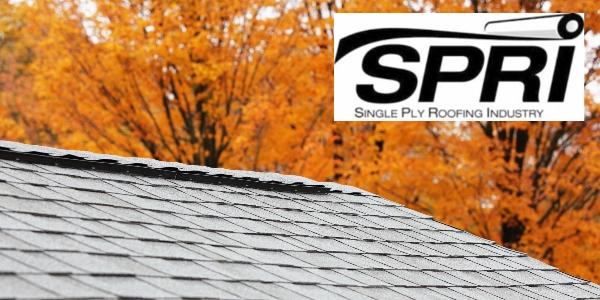



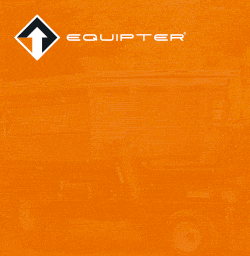


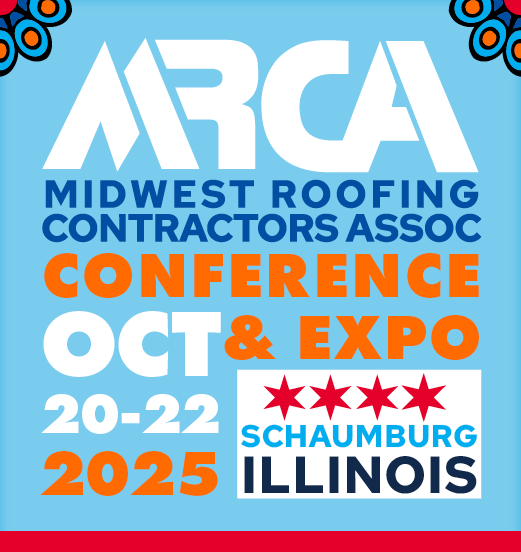
Comments
Leave a Reply
Have an account? Login to leave a comment!
Sign In